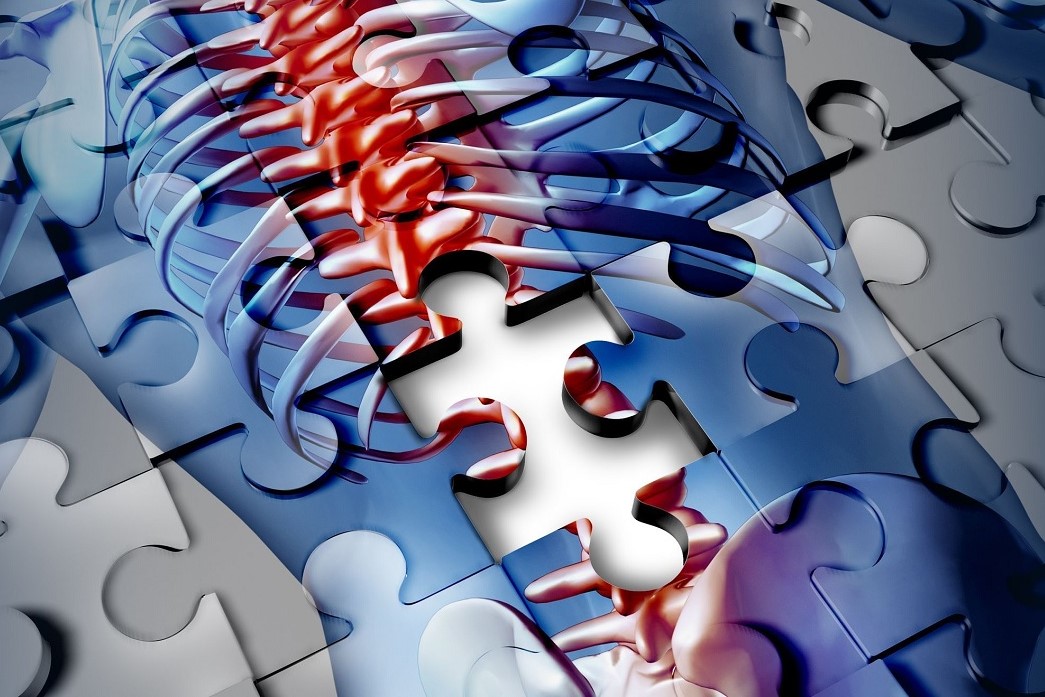
Dextrocardia, dexiocardia, mirror heart, dextroversion and dextroposition
The normal heart is positioned on the centre/left side of the chest and has the apex (i.e. the tip) pointing to the left
Dextrocardia (dexiocardia): when the direction of the apex of the heart changes
Dextrocardia, also called “dexiocardia” or “mirror heart” or “mirrored heart” (in English “dextrocardia”) in medicine refers to a type of “ectopia cordis” (i.e. abnormal position of the heart) in which the heart – instead of having its apex (i.e. tip) directed to the left – turns out to have its apex directed to the right.
In dextrocardia the heart retains its normal internal anatomical conformation (normal atria and ventricles) but in a mirror-like manner
In dextrocardia the heart is NOT rotated on itself.
Whereas in normal the heart is positioned in the centre/left of the chest, in dextrocardia it is positioned in the centre/right of the chest.
Dextrocardia is congenital, i.e. already present at birth.
Dextrocardia may occur alone or in the context of a partial or complete situs inversus, a condition in which one or more abdominal and/or thoracic organs are inverted in a left-right direction compared to normal.
Dextrocardia is often present in Kartagener syndrome, a genetic disorder that also leads to respiratory complications such as sinusitis and bronchiectasis.
Dextrocardia can also accompany congenital cardiac malformations such as interventricular septal defect and cardiovascular complications such as congenital pulmonary stenosis.
The anomaly can be diagnosed by electrocardiogram and ultrasound.
In the absence of congenital disease or other pathologies, individuals with mirror heart are phenotypically healthy and live normal lives, with no consequences related to their medical condition.
QUALITY AED? VISIT THE ZOLL BOOTH AT EMERGENCY EXPO
Destroversion
Destroversion refers to an abnormal position of the heart in which the heart is abnormally positioned further to the right on the chest, is rotated on its axis to the right, and has its apex directed to the right.
The abnormality can be diagnosed by electrocardiogram and ultrasound.
In the absence of congenital heart disease or other pathologies, individuals with a right-handed heart are phenotypically healthy and live normal lives, with no consequences related to their medical condition.
Dextroversion
Dextroversion refers to an abnormal position of the heart in which the heart is abnormally positioned to the right on the chest, but retains a leftward apex.
In dextroposition, the heart retains its normal internal anatomical conformation (normal atria and ventricles).
The cardiovascular system is NOT rotated on itself.
In the absence of congenital disease or other pathologies, individuals with right-positioned hearts are phenotypically healthy and live normal lives, with no consequences related to their medical condition.
Heart, at a glance
- dextrocardia (dexiocardia): heart more to the right; heart internally normal but with a “mirror” structure; apex to the right;
- dextroversion: heart more to the right; heart rotated on its own axis; apex to the right;
- dextroposition: heart positioned to the right; apex to the left.
Read Also:
Emergency Live Even More…Live: Download The New Free App Of Your Newspaper For IOS And Android
Alcoholic And Arrhythmogenic Right Ventricular Cardiomyopathy
Defibrillator: What It Is, How It Works, Price, Voltage, Manual And External
The Patient’s ECG: How To Read An Electrocardiogram In A Simple Way
Signs And Symptoms Of Sudden Cardiac Arrest: How To Tell If Someone Needs CPR
Inflammations Of The Heart: Myocarditis, Infective Endocarditis And Pericarditis
Quickly Finding – And Treating – The Cause Of A Stroke May Prevent More: New Guidelines
Atrial Fibrillation: Symptoms To Watch Out For
Wolff-Parkinson-White Syndrome: What It Is And How To Treat It
Do You Have Episodes Of Sudden Tachycardia? You May Suffer From Wolff-Parkinson-White Syndrome (WPW)
Transient Tachypnoea Of The Newborn: Overview Of Neonatal Wet Lung Syndrome
Tachycardia: Is There A Risk Of Arrhythmia? What Differences Exist Between The Two?
Bacterial Endocarditis: Prophylaxis In Children And Adults
Erectile Dysfunction And Cardiovascular Problems: What Is The Link?
Ischaemic Heart Disease: What It Is, How To Prevent It And How To Treat It
Ischaemic Heart Disease: Chronic, Definition, Symptoms, Consequences
Cardiomegaly: Symptoms, Congenital, Treatment, Diagnosis By X-Ray
Heart Disease: What Is Cardiomyopathy?
Inflammations Of The Heart: Myocarditis, Infective Endocarditis And Pericarditis
Heart Murmurs: What It Is And When To Be Concerned
Broken Heart Syndrome Is On The Rise: We Know Takotsubo Cardiomyopathy
What Is A Cardioverter? Implantable Defibrillator Overview
‘D’ For Deads, ‘C’ For Cardioversion! – Defibrillation And Fibrillation In Paediatric Patients
Inflammations Of The Heart: What Are The Causes Of Pericarditis?
Do You Have Episodes Of Sudden Tachycardia? You May Suffer From Wolff-Parkinson-White Syndrome (WPW)
Knowing Thrombosis To Intervene On The Blood Clot
Patient Procedures: What Is External Electrical Cardioversion?
Increasing The Workforce Of EMS, Training Laypeople In Using AED
Difference Between Spontaneous, Electrical And Pharmacological Cardioversion
What Is Takotsubo Cardiomyopathy (Broken Heart Syndrome)?
Inflammations: Myocarditis, Infective Endocarditis And Pericarditis
What Is A Cardioverter? Implantable Defibrillator Overview
‘D’ For Deads, ‘C’ For Cardioversion! – Defibrillation And Fibrillation In Paediatric Patients
Do You Have Episodes Of Sudden Tachycardia? You May Suffer From Wolff-Parkinson-White Syndrome (WPW)
Knowing Thrombosis To Intervene On The Blood Clot
Patient Procedures: What Is External Electrical Cardioversion?
Increasing The Workforce Of EMS, Training Laypeople In Using AED
Difference Between Spontaneous, Electrical And Pharmacological Cardioversion


